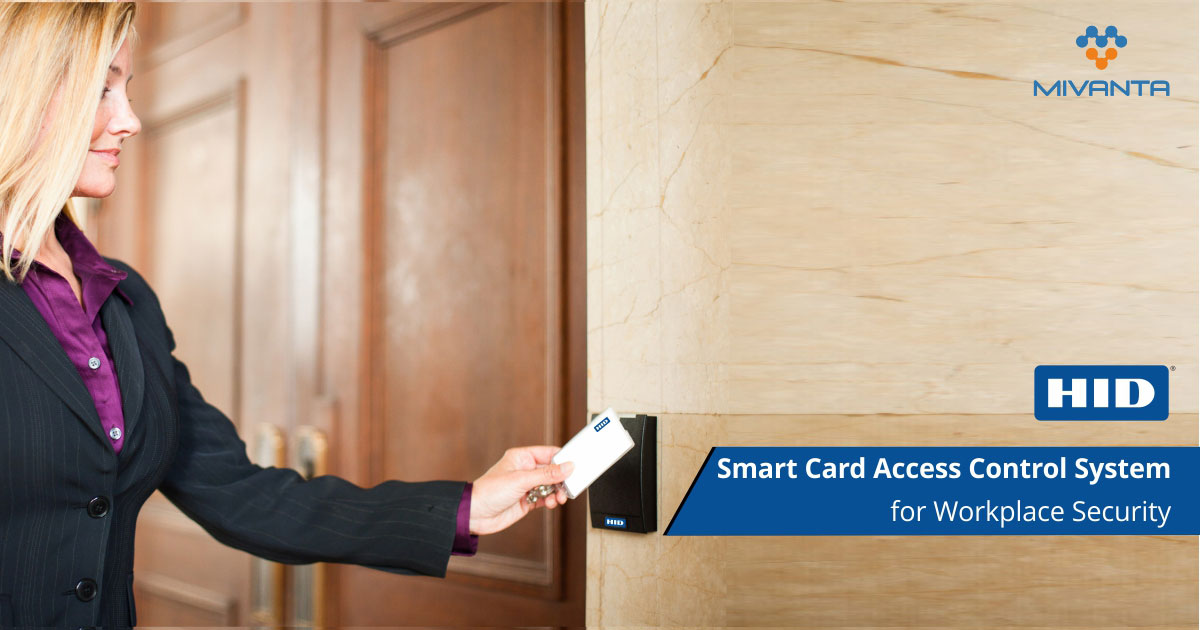The dramatic rise in security threats has pushed companies to deploy robust access control systems on their premises. These days, there are numerous options available to a company to prevent threats from infiltrating its premises. Smart cards are also one of the most popular techniques to keep threats at bay. Smart cards have been enjoying enormous popularity in a wide range of sectors including, IT, healthcare, banking, finance, and entertainment. The main reason behind this widespread adoption is that they are incredibly cost-effective and amplify the security factor by multi-folds.
What Are Smart Cards?
A smart card is a physical card with an embedded security chip that serves as a security token. When the card reader comes into contact with the chip, it reads the information stored there. A card can be linked to the reader in a variety of ways. They can communicate with a reader via direct physical contact or a short-range wireless connectivity standard like radio-frequency identification (RFID) or near-field communication (NFC). The cards are usually made of metal or plastic and are similar to a driver's license or a debit card in size.
Types of Smart Cards
There are different types of smart cards available in the market. Broadly, cards can be classified into two types: contact cards and contactless cards. Contact smart cards (also known as chip and dip) require a person to insert the card into a card reader to get access. A person with contactless smart cards, whereas contactless smart cards are distinguished from standard contact smart cards because they do not require a physical connection to the card reader. The card is simply placed in proximity to the reader, and information is sent via radio frequencies (RFID). Both types of smart cards have a wide range of applications. In addition to these cards, hybrid cards are also gaining popularity in the security market. More than one card technology is used in this type of card. A card with an embedded microprocessor chip and a contactless RFID proximity chip is an example of a hybrid smart card.
Benefits of Smart Cards
Smart cards have many benefits that make them a vital tool to develop a robust access control system. It isn't easy to compile all the benefits of smart cards in one article; therefore, we have bought a few of the major advantages of smart cards for the access control system.
High levels of security
Easy to use
Time-saving
Larger memory
Reduced fraud
Organized information
Reliability
Applications of Smart Cards
Smart cards' popularity is growing in almost every industry as a result of their advantages. Many firms leverage Smart cards to support access, payment, identity, and other applications. Healthcare, telecommunications, transportation, financial services, and the transportation industry deploy this technology for various purposes.
Wrap Up
Smart cards have proven to be a reliable access control method. They enable businesses to improve security while maintaining convenience. They are a low-cost way to protect a business from numerous security threats, ranging from sloppy password storage to sophisticated system hacking. Given the widespread use of smart cards, it is safe to assume that they will continue to play a crucial role in the future.
If you want to use smart cards to add an extra layer of security to your business, Mivanta is a good choice because it brings you a wide range of secure contactless access control cards, such as smart cards and proxy cards.

